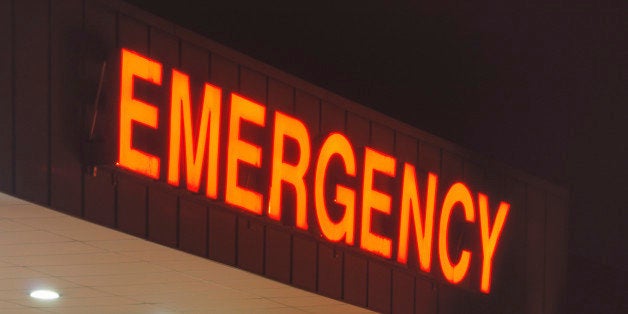
In Maureen Dowd's recent piece, "A Stroke of Fate," she describes the case of her niece, Tara, a young and athletic woman who suffered a rare type of stroke caused by a separation of the inner layers of an artery supplying her brain. If Ms. Dowd's account is to be believed, Tara did not recognize the condition for more than a day, eventually arriving at an emergency room where her problem was rapidly identified and treated.
In the aftermath of her stroke, someone, presumably the initial neurologist, suggested to Tara that she avoid exercise for fear of recurrence. After reviewing the vascular images and her case, however, a second neurologist disagreed. For Tara, an active triathlete before her stroke, this was the news she and her family wanted to hear.
Quibbling between subspecialists is common in such cases, particularly with rare conditions for which data is limited and opinion often reigns. From out of the blue, however, a thunderbolt: the "angelic" neurologist whose opinion Ms. Dowd liked most calls emergency rooms "dangerous" and likens the doctors there to gas station attendants. Dr. Louis Caplan, the stroke specialist treating Ms. Dowd's niece, implores people "to be pushy" in the ER, and "when you have problems with the brain, ask for a neurologist."
It is unclear why the emergency physician, who apparently provided timely diagnosis and potentially life-saving care for Tara's rare (and often misdiagnosed) condition, is maligned in this anecdote. But one message is clear: the subspecialist with a second opinion is the true hero.
The view is common. Generalist physicians are often painted as Keystone cops, dullards with neither the knowledge base nor the proper skill set. In such renderings there is typically a subspecialist who saves the day. Unfortunately the picture is more than mistaken, it is a serious threat to the financial and medical well being of the United States.
It has been clear for years that care provided by specialists costs more. Less widely known, however, is that patients in some studies die more when cared for primarily by a specialist. The long recognized problem of spiraling costs and risks due to specialist care has only increased with the emergence of a primary care crisis, a crisis which, in turn, has led to an emergency medicine crisis. Contrary to popular opinion, it is not uninsured patients crowding ERs across the country, it is insured patients who either can't find a doctor or can't get in to see theirs.
Why is subspecialty care, by comparison, dangerous and pricey? Subspecialists are trained to care for a narrow, highly select group of patients with uncommon problems. Tara, after an arterial dissection causing a stroke at age 41 (occurring in fewer than 1 in 100,000) was right to see a subspecialist, a doctor who sees almost exclusively stroke patients.
Accordingly, when subspecialists see standard patients with common complaints they often order a battery of invasive and costly tests and potentially risky procedures. This may be the right balance of potential benefits and harms in their setting, where everyone has a stroke. But ERs and primary care offices see the 100,000 patients -- not just the 1. In this setting an indiscriminate approach of testing and treating turns healthy people into sick people, helping virtually no one while depleting precious resources (see Atul Gawande's New Yorker piece for perhaps the best description of how and why). Meanwhile, disdainful subspecialists, who occasionally see the ultra-rare patient missed by the generalist (fewer than 1 in 5 of the 1 in 100,000) , expound on the dangers of a setting that is, ironically, more cost efficient and safer than their own.
Detecting needles in the haystack of an ER or a primary care office requires nuance, front line experience, and context-specific training, something generalists have. Dr. Caplan's remarks reflect the absence of all three. They also show poor insight from a man hoping to stretch the narrow expertise he can properly claim.
It takes someone comfortable in their skin to work in the overcrowded, under-resourced safety net of a failed system, where they will never achieve the idolatry of the subspecialist, or perhaps even credit when their work succeeds. But quietly, emergency physicians are always there, for anyone, any time. They were there when the World Trade Centers fell, when Katrina and Sandy wrecked our shores, and when the bombs of Boston tore into us all -- accepting the slings and arrows of unenlightened colleagues and oblivious writers, while tending to the wounds and illnesses of a nation.